solution-driven research
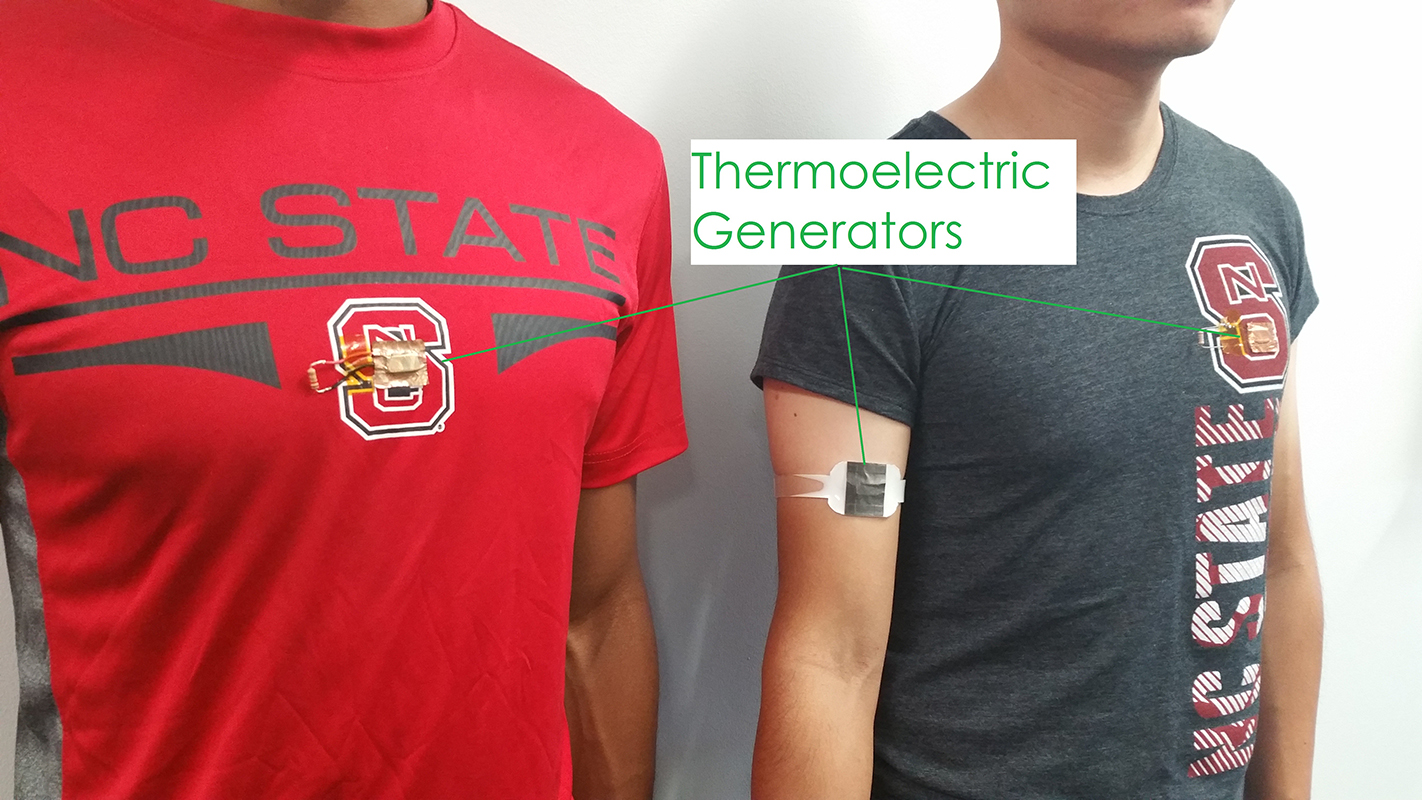
Lightweight, Wearable Tech Efficiently Converts Body Heat to Electricity
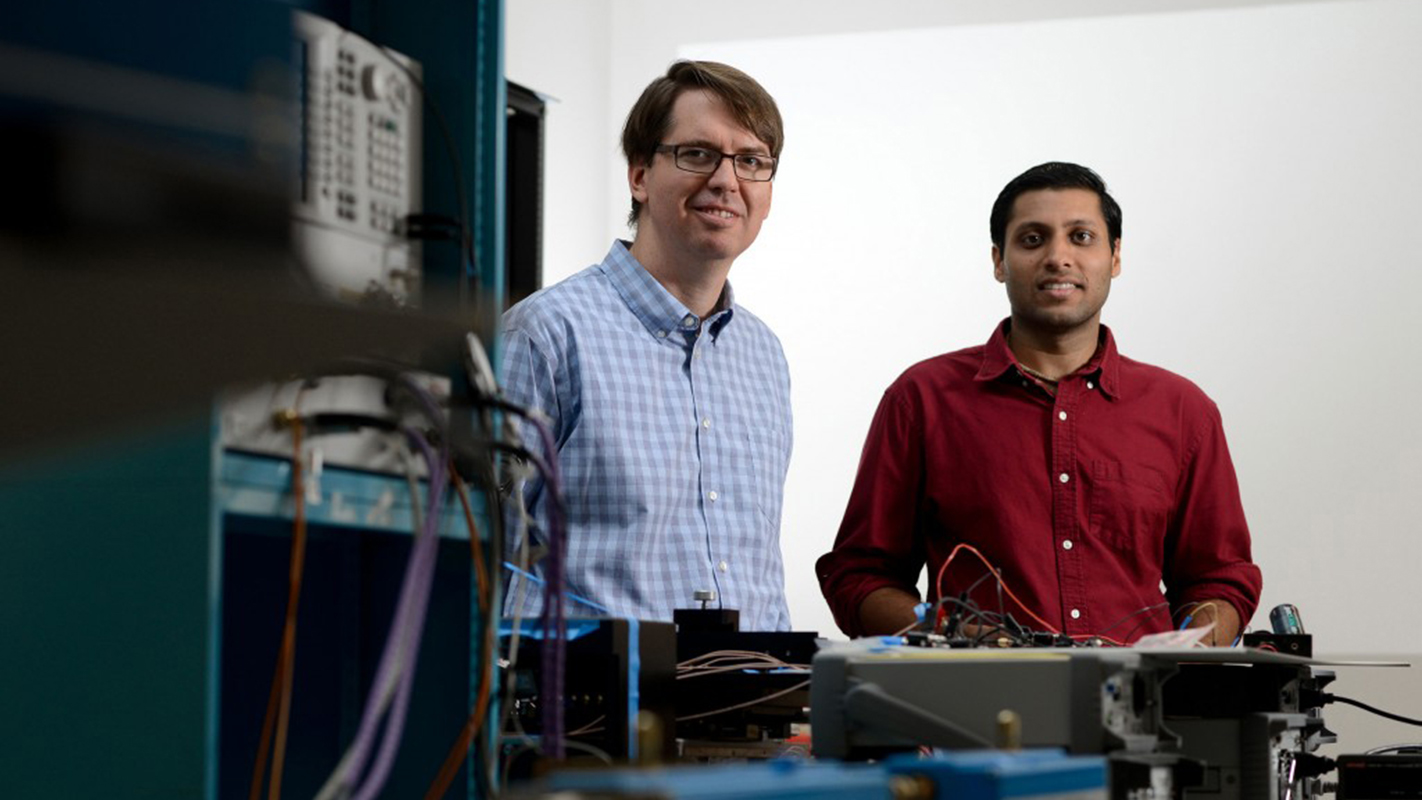
Simulation Highlights Potential For Low-Cost Security Imaging Device

NC State Boosts Efforts to Commercialize Research Discoveries
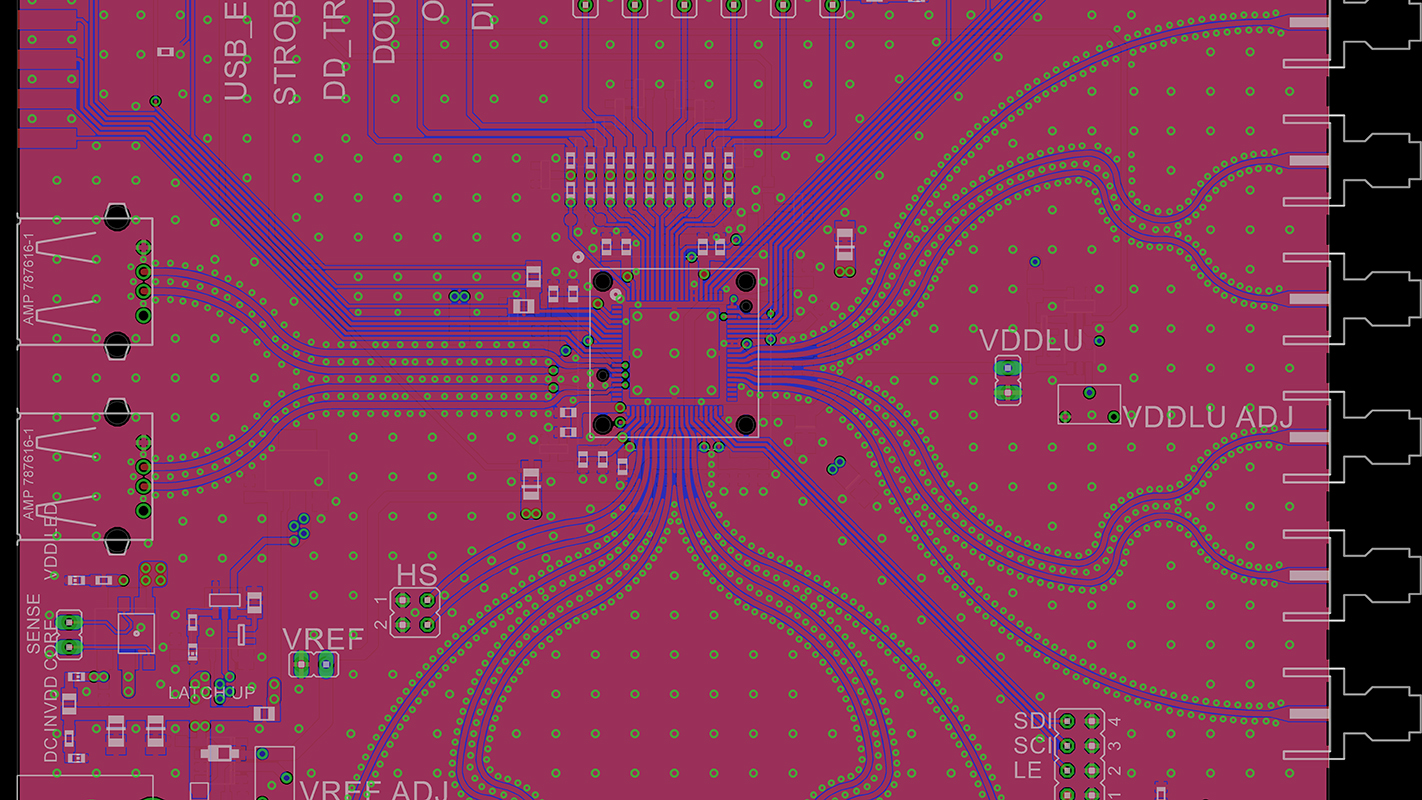
NC State to Form NSF-Funded Center for Advanced Electronics Through Machine Learning With UIUC and Georgia Tech

Study Identifies Ways to Share Key Data Between Researchers, Business Practitioners
Integration of Novel Materials with Silicon Chips Makes New ‘Smart’ Devices Possible
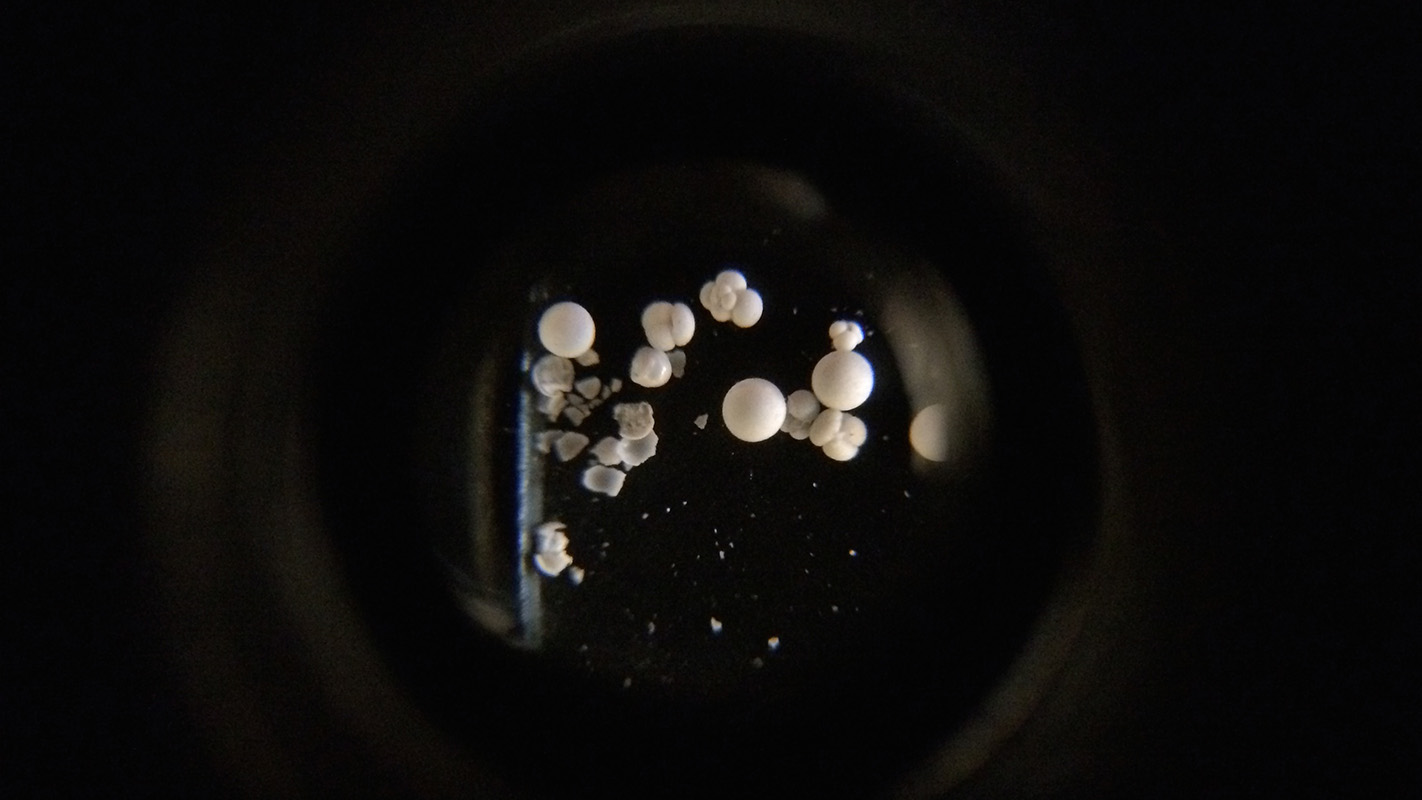
How Teaching Robots to Identify Microscopic Fossils Could Help Us Understand Oceans
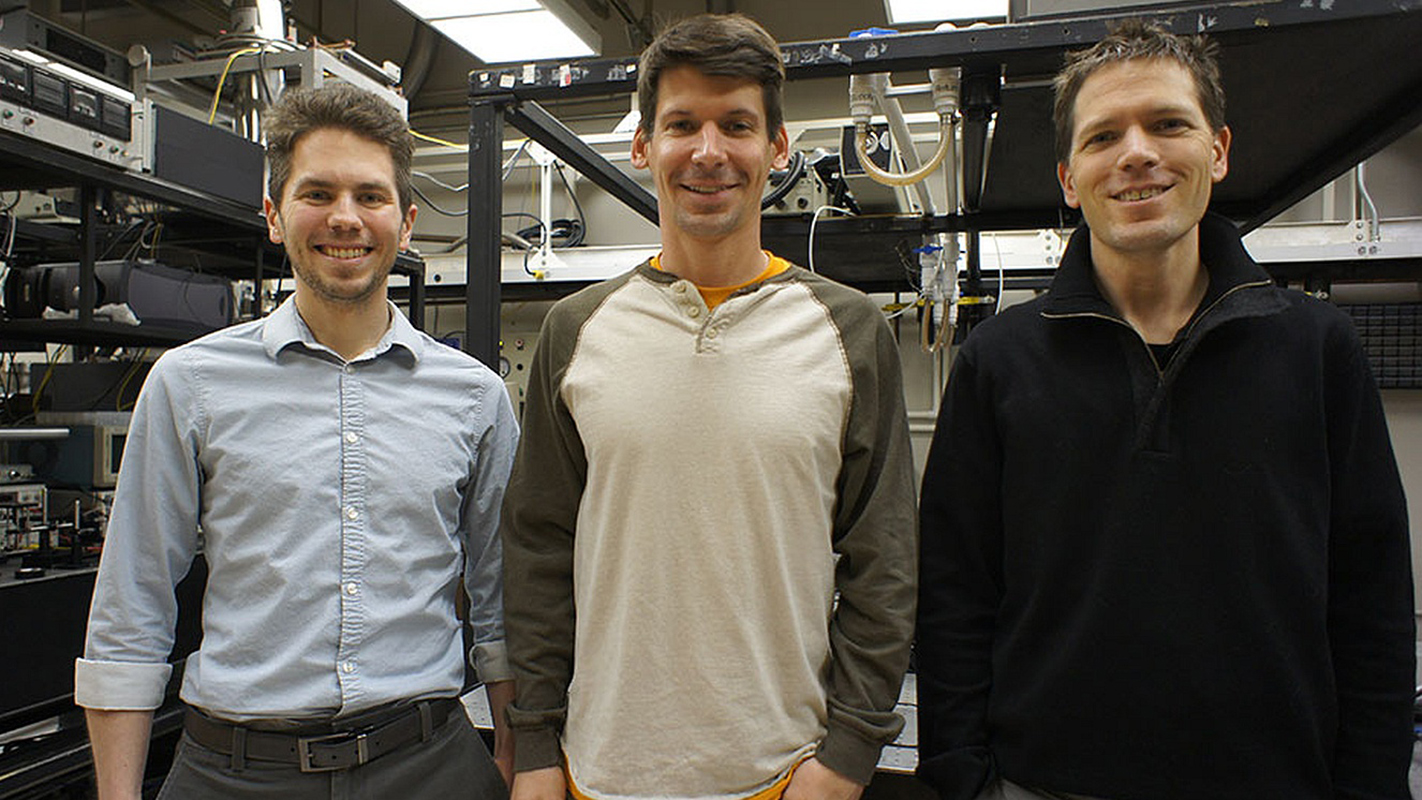
Researchers Devise Tool to Improve Imaging of Neuronal Activity in the Brain
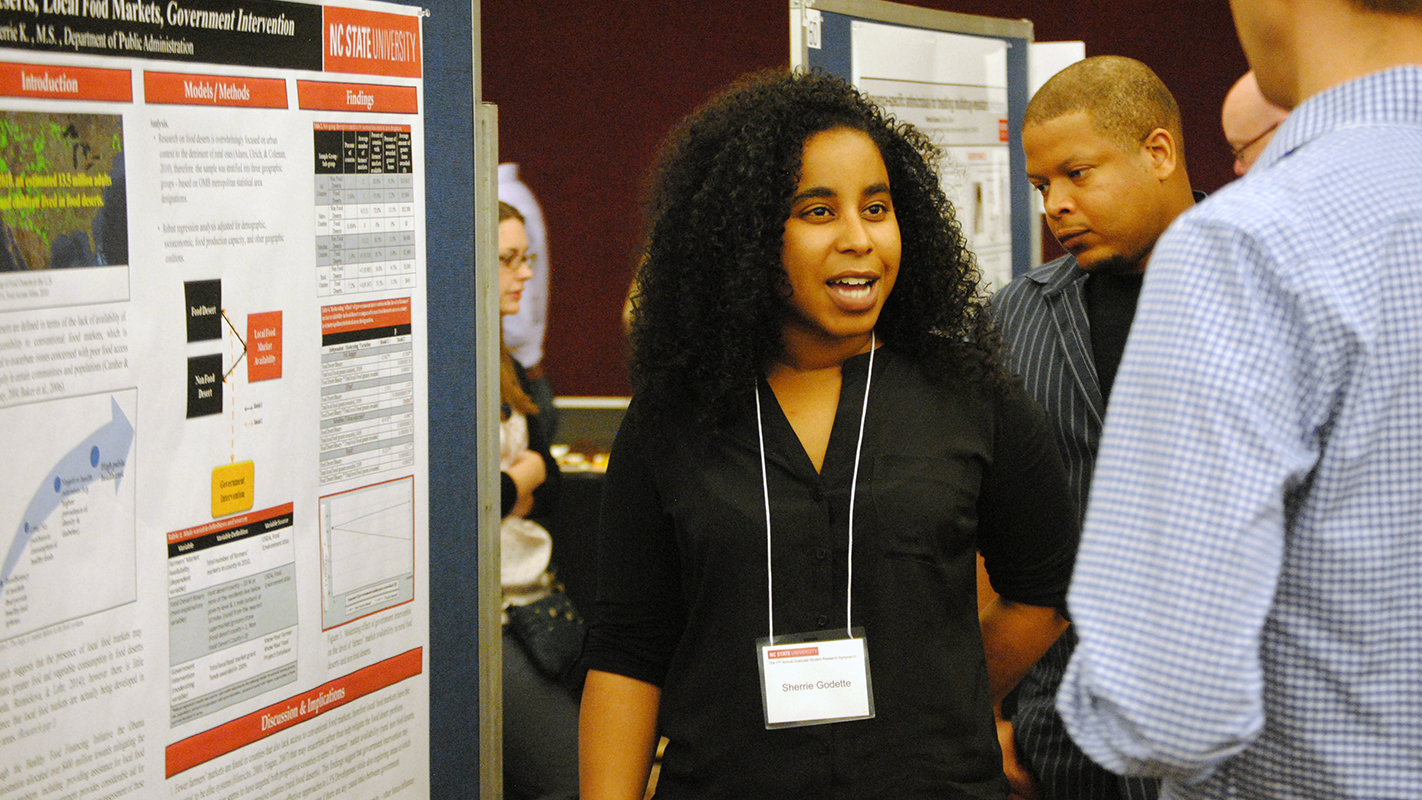
Looking for an Oasis in America’s Food Deserts
Researchers Integrate Diamond/Boron Nitride Crystalline Layers for Use in High-Power Devices
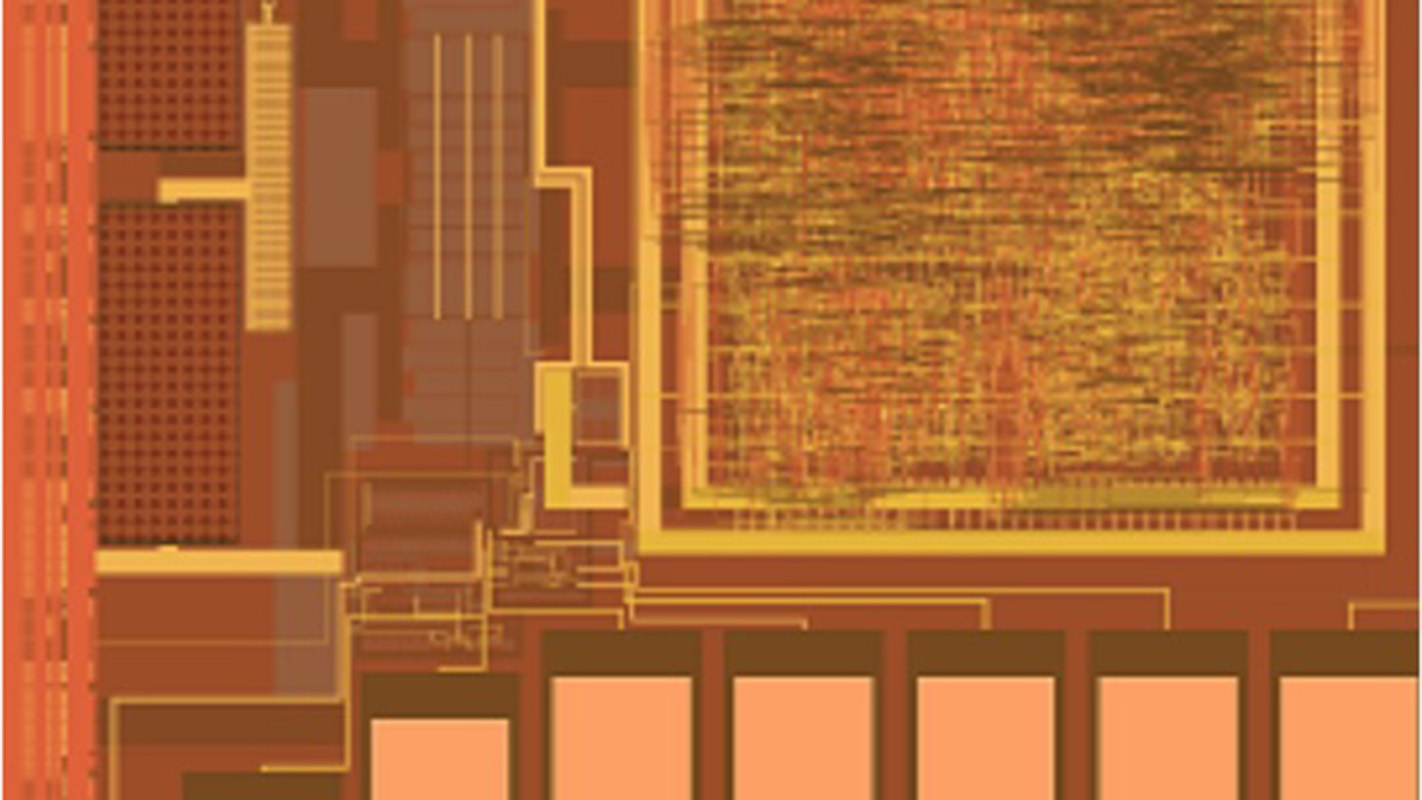
New Techniques Make RFID Tags 25 Percent Smaller

New Tech Uses Hardware, Software to Train Dogs More Efficiently
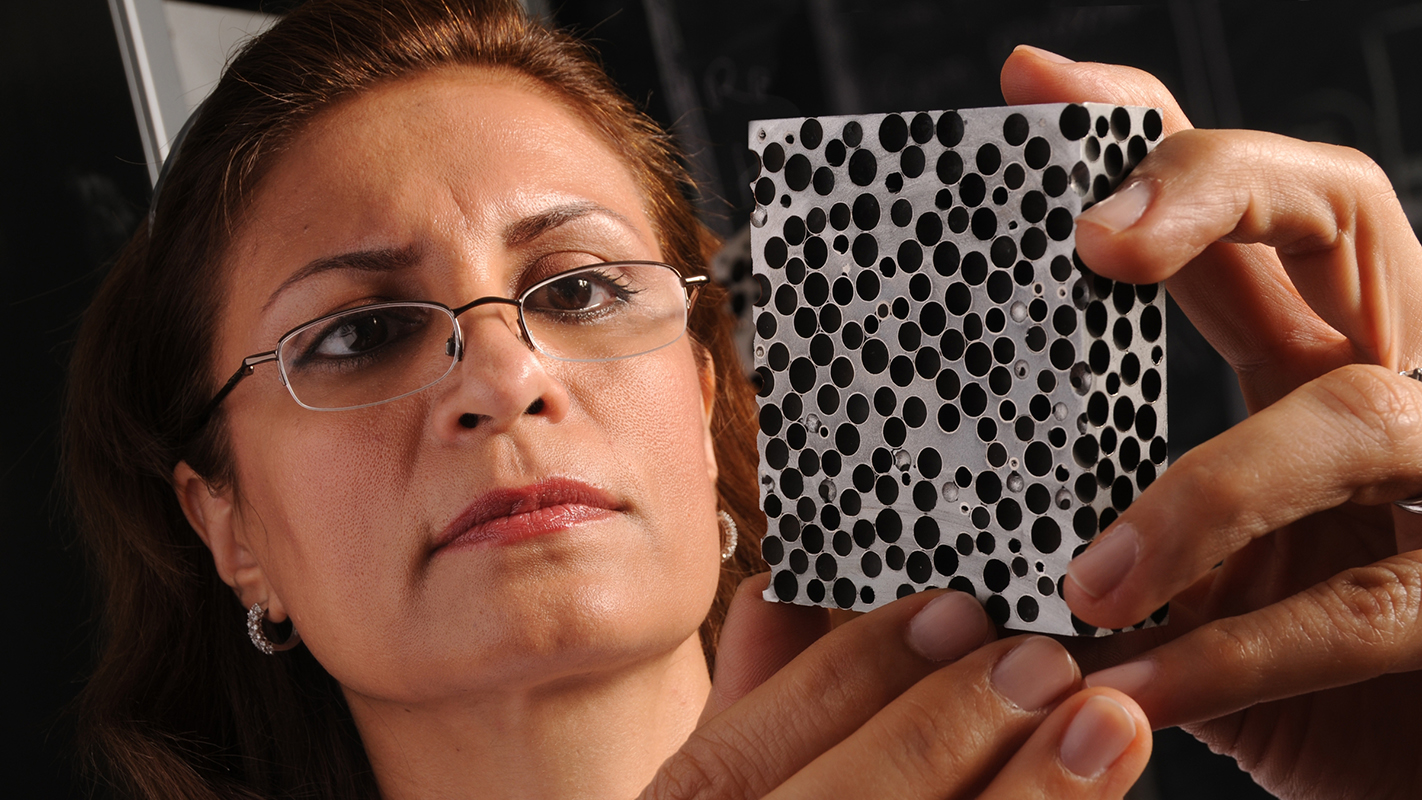
Metal Foam Obliterates Bullets – and That’s Just the Beginning
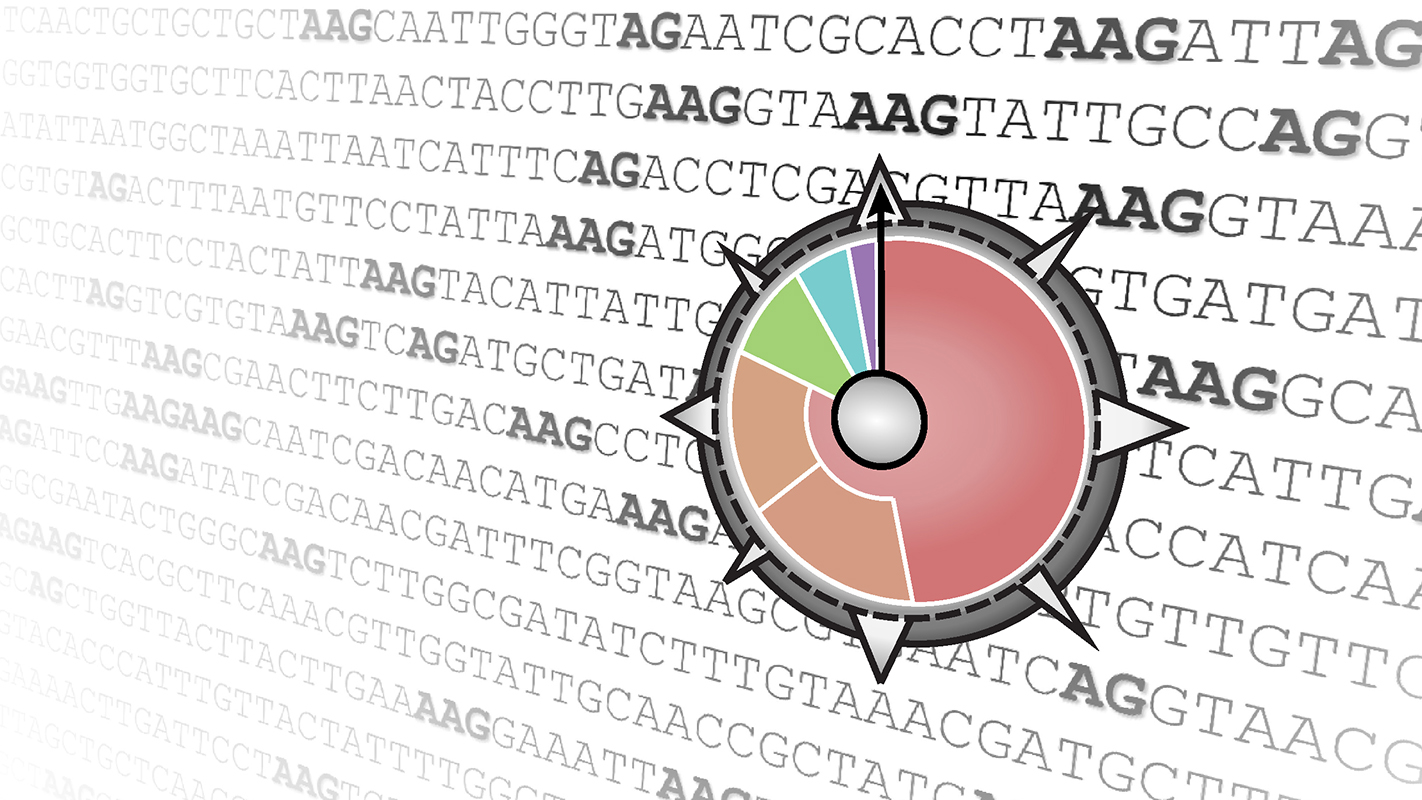
New Tools Allow Rapid ID of CRISPR-Cas System PAMs
